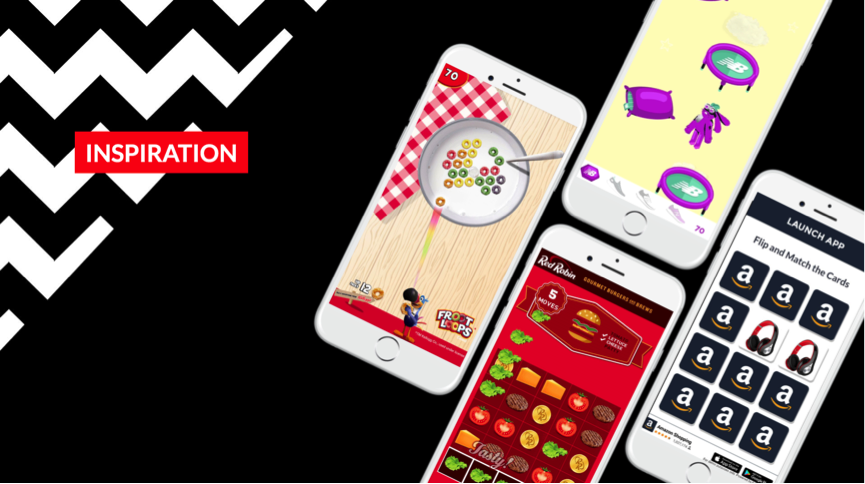So as designer, when do you know when the right outcome for your project is an infographic or data visualisation? Sometimes a client will come to you with a vague sense of want they want but with no clear direction on how they want their information displayed. They might provide you with some raw data and suggest they want something “infographic-y” when in-fact a data visualisation may be more appropriate.
To start, I think it would be good to look at the difference between the two.
What are the differences?
To know whether to choose an infographic or data visualisation, first you need to be able to distinguish between the two concepts.
Data Visualisation is the creation and the practice of the visual representation of data. It is used to give visual form to numbers and other abstract concepts, with the function of re-presenting that information in order to communicate it more effectively. Common examples of data visualisation techniques are: bar charts, pie charts, scatter plots and bubble graphs like the one below. A spreadsheet full of numbers is harder to read or detect patterns from then a graph is, therefore a chart is far more effective way to communicate that information.

Infographics on the other hand, are more contextual in their approach and therefore have visuals or aesthetics that vary depending on the intended audience. Infographics are being increasingly created for marketing or news stories and therefore tend to present themselves as a visual story, in order to make it more engaging. Because of this, infographics are usually more graphic design heavy and make more use of illustrations, typography and colour to tell their story effectively. You can see this in the example below:

The above infographic (click to see full size) we created for Greenpeace UK exposes the environmental impacts that large-scale fishing companies have, ending with a call-to-action to protect the smaller fishing fleets and promote sustainable fishing. By using a narrative constructed out of text, charts and illustrations, this infographic argues how small, local fishing fleets are a far better alternative to the large, commercial fishing ships. To-scale illustrations of the two kinds of ship are used to give readers a sense of proportion between the two vessels. In terms of colour, blue is heavily used to relate to the sea.
Overall, the difference between an infographic or data visualisation, is that infographics tend to have more subjective elements to them (a style, illustrations and arranged story) and can contain a number or data visualisation pieces within them. However, a data visualisation is more objective and usually focuses on one group of data in order to analyse it. Data visualisation relies primarily on the data to tell the story, while infographics are more fragmented and will use a number of elements to tell a planned story.
How to decide?
Choosing what to deliver to a client depends on what the objectives of the project are. If you want a more, in-depth analysis of a data set and to communicate as clearly it as possible, then a piece of data visualisation would be suited. Other reasons for solely using data visualisation are:
- If gaining insights or detecting trends and patterns from the data is key function.
- If all or most of the data needs to be shown. No editing out data to fit a narrative.
- You’re given scientific data, which needs to be displayed as objectively as possible.
- If the audience consuming the graphic will spend the extra time to study and explore the data in a large or complicated chart.
Alternatively, if you want to, for example, explain the process of producing coffee in a fun and engaging way to a wider audience, then an infographic would be an ideal choice. Other reasons for selecting info-graphics include:
- If the graphic is part of a marketing campaign with the goal of being shared across social media as much as possible.
- The content provided is mostly text and the data amount is small – probably even just a few statistics thrown in.
- The audience have a short attention span and need the information communicated to them as concisely and clearly as possible.
- If there is a narrative you need to convey that includes data
Here at team VISU.AL we’ve had a lot of experience with helping customers select the right approach to visually communicating their message, so please contact us if you want to discuss your requirements and the best approach to take.




